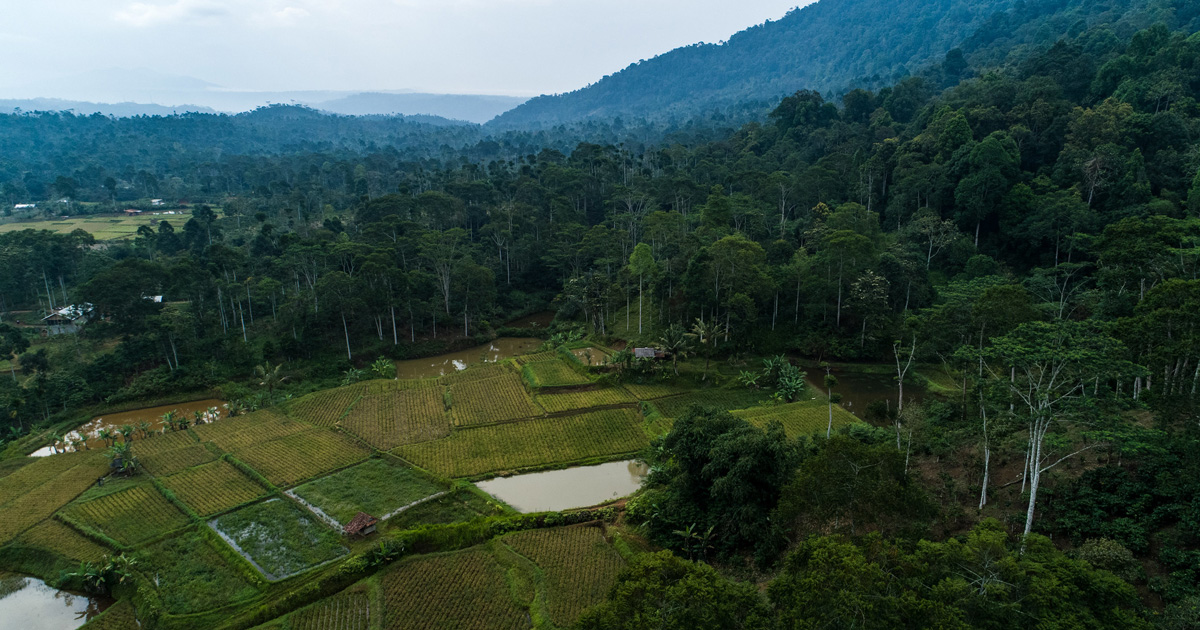Previous laboratory experiments showed that velvet bean Mucuna pruriens is moderately tolerant to the presence of Al (up to 185 µM) in the root environment, but that it only develops a shallow root system in acid soils. Field experiments showed that Mucuna can tolerate acid subsoil conditions in a homogeneous root environment, but avoids subsoil if topsoil is present. Subsequent split-root experiments with a recirculating nutrient solution showed that this subsoil avoidance may be based on an Al avoidance mechanism in the root system. This Al avoidance mechanism, however, was not evident when phosphorus (P) supply to the whole plant was adequate. We thus hypothesized that surface application of P may help to overcome Al avoidance in the subsoil. In a field experiment on an ultisol in Lampung (Indonesia), only a moderate increase in aboveground biomass production was found for a wide range of P application rates, although the soil was low in available P, and the P adsorption isotherm was very steep. An increased P status of the topsoil and an increased P concentration in the aboveground biomass (from 50 to 75 mmol kg-1) had no effect on root development in the subsoil.
DOI:
https://doi.org/10.1007/BF00009568
Altmetric score:
Dimensions Citation Count:
























